Shopping for plants can be overwhelming. There are many options, and few of us have guides with us at the store to tell us which plants are the best choices. This is even more challenging knowing that some indoors plants are toxic, which means that picking one at random could mean running the risk of kids or pets getting sick if an accident happens. That shouldn’t be a reason to be afraid of getting new plants, as they can bring great joy to our lives and add life to our living spaces. It simply takes a bit of planning to make the right selection.
Today we are highlighting 12 indoor plants that are easy to care for and non-toxic; each is a safe selection for almost any living space.
These plants also have the added benefit of looking great so that you can make your residence look top-notch. To keep everyone in your home safe, be sure to get the correct type of plant by looking at the tag for the Latin name. Some of these picks go by a couple different common names and can easily be confused with other plants.
1. Boston Fern (Nephrolepis exaltata)
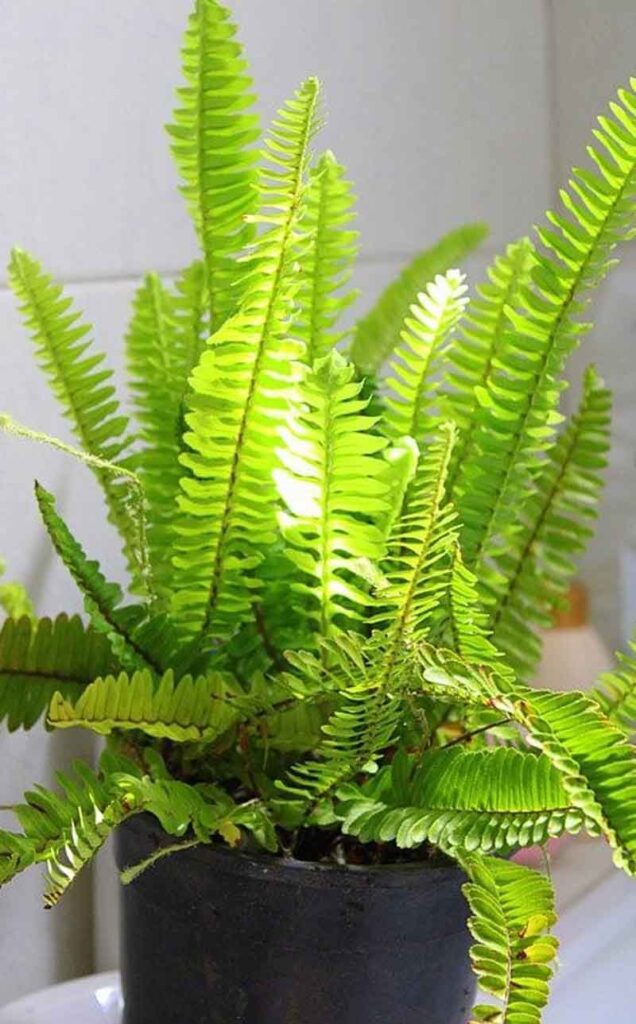
Are you looking for a plant with bright green color that can grow to a larger size? Look no further than the Boston Fern. These ferns have leaves, called fronds, that can grow to be up to 2-3 feet long. With its spreading shape, it can easily fill an empty spot in the corner of a room or indoor patio. They also look beautiful when used in hanging baskets.
2. Moth Orchid (Phalaenopsis)
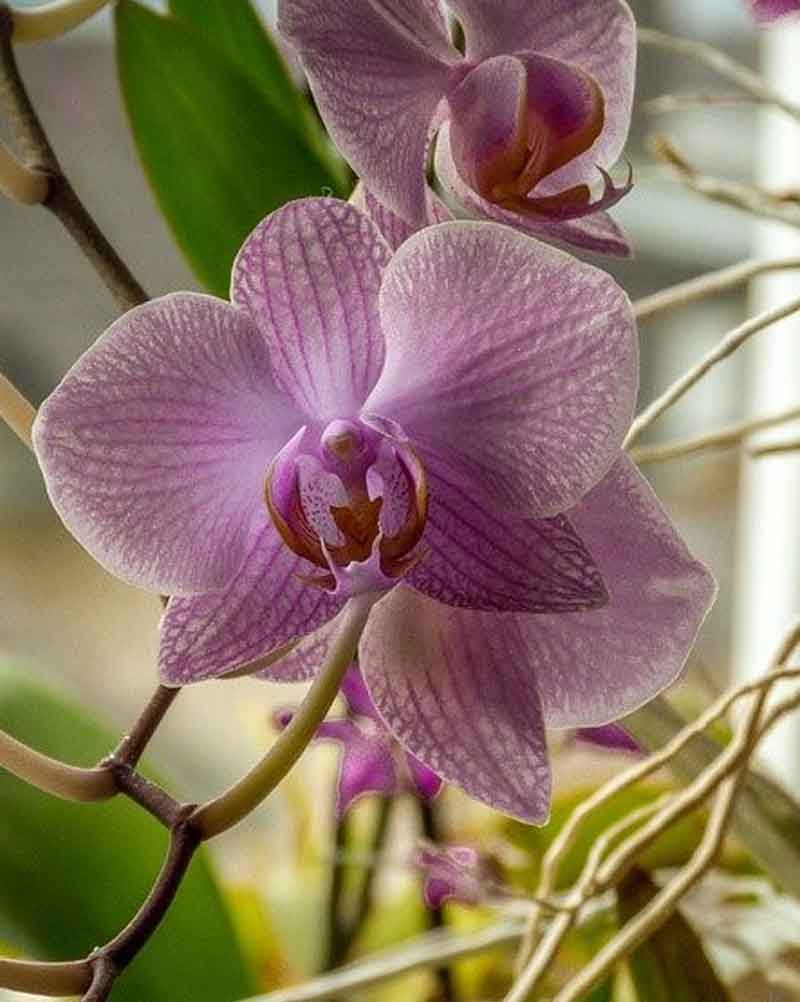
The moth orchids are some of the most common flowering houseplants to see for sale in garden stores, grocery stores and home décor shops. Many people are cautious about bringing an orchid home, as different types of orchids can take a great a deal of plant knowledge and experience to grow well. Luckily the moth orchid is arguably the easiest orchid to care for and is a good choice for someone getting into houseplants for the first time.
3. Parlor Palm (Chamaedorea elegans)
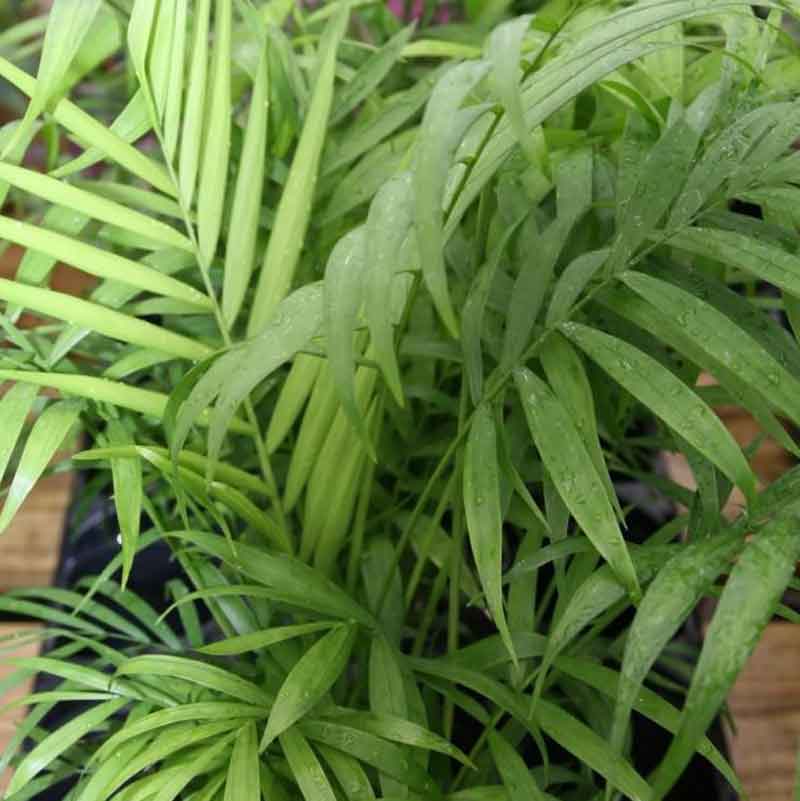
The parlor palm is one of the best ways to add a tropical feel to any space, and they are fairly easy to care for. As an added bonus, they are some of the best indoor palms for tolerating low-light conditions. Keep this palm in a smaller container to maintain a small size, or allow it to grow several feet tall with larger pots and good fertilization. When selecting a palm at the store, be sure to check that you are getting the correct kind of palm (Chamaedorea elegans,) as some other types of palms are toxic.
4. Spider Plant (Chlorophytum comosum)
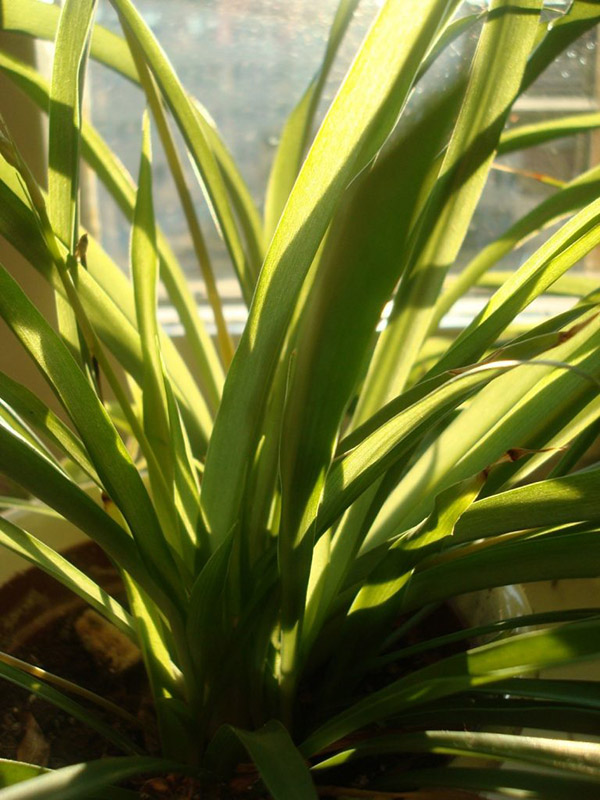
One of the most well-loved houseplants, the spider plant is a hardy choice that can grow well in almost any condition. Their white variegated leaves add contrast when compared with some of the single-colored leaves of other plants. They are perfect for hanging baskets or on tables, as their stout spreading shape is perfect for covering a round table or displaying up high. Spider plants will generate long trailing runners that you can prune back for a neat look or let grow for an untamed look. With a little know-how, you can easily propagate the runners to grow new spiderlets!
5. Cast Iron Plant (Aspidistra elatior)
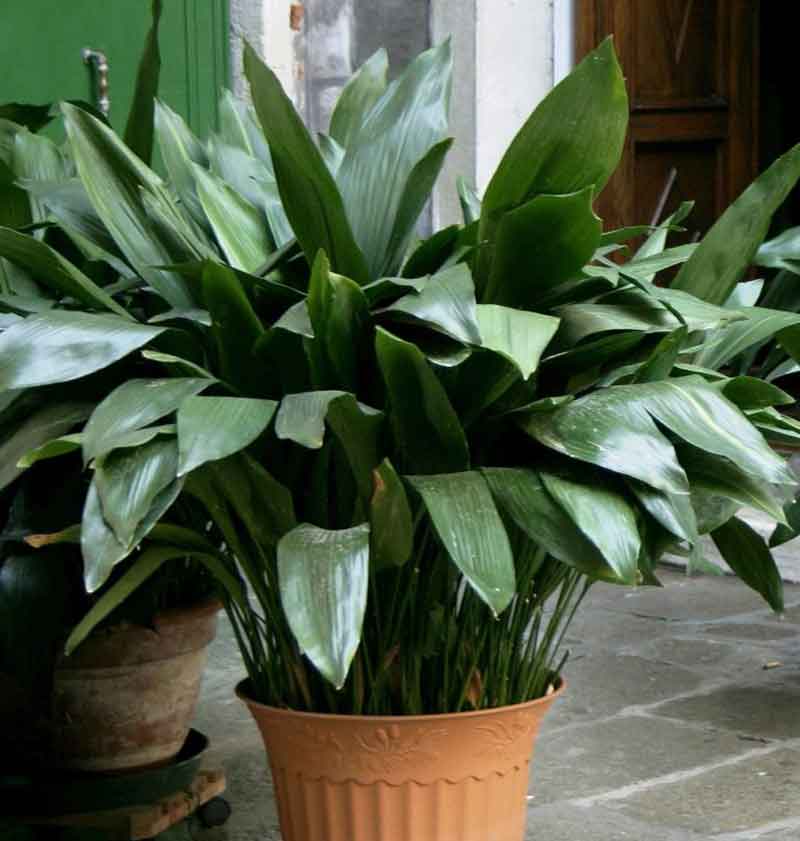
The cast iron plant may be a good choice for you if you’re looking for a forgiving plant that is safe for the household. It’s a small-to-medium sized indoor plant with dark green foliage. These plants have an upright habit and fairly broad leaves which can add a bold feel to any space. Some cast iron plants are variegated, or have a brilliant white stripe through their leaves. This plant will tolerate most light conditions, as long as you keep it out of direct sunlight and do not place it in complete darkness.
6 Lipstick Plant (Aeschynanthus)
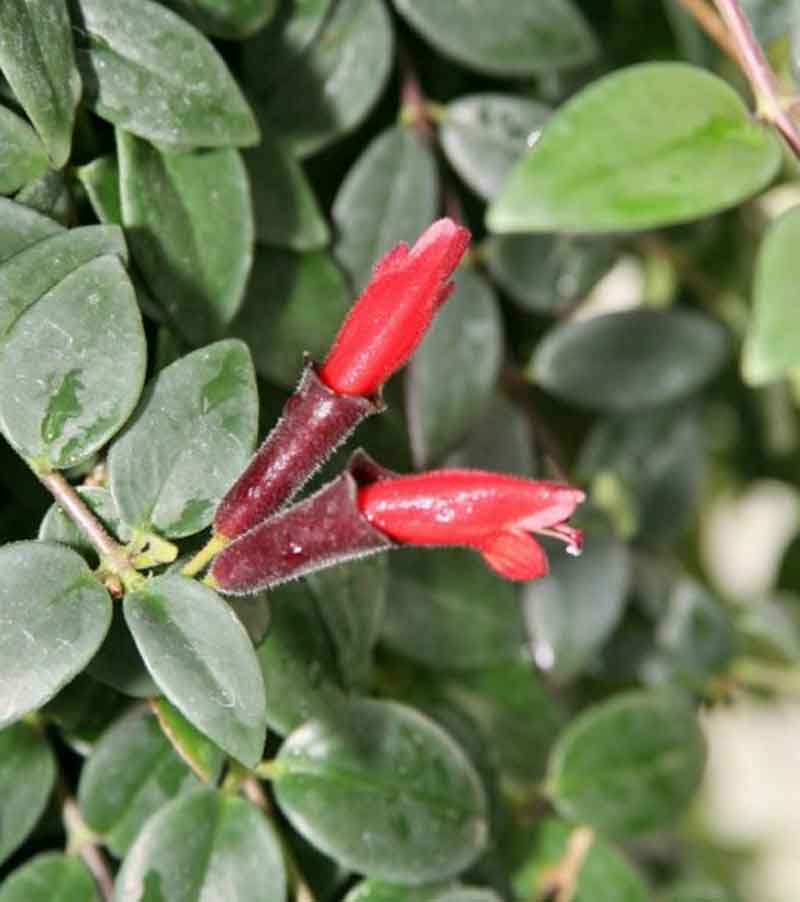
Looking for a plant with beautiful flowers that will also do well in an indoor space and will be friendly for the family? The lipstick plant will likely be a good choice. Hanging baskets are a fantastic option for this plant, as its trailing stems look beautiful from below. If cared for properly, bright red flowers will bloom among the dark green leaves, providing rich color and contrast to your living space. In order to get the flowers to grow, give them the most light you can while not putting them in direct sunlight.
7. Calatheas
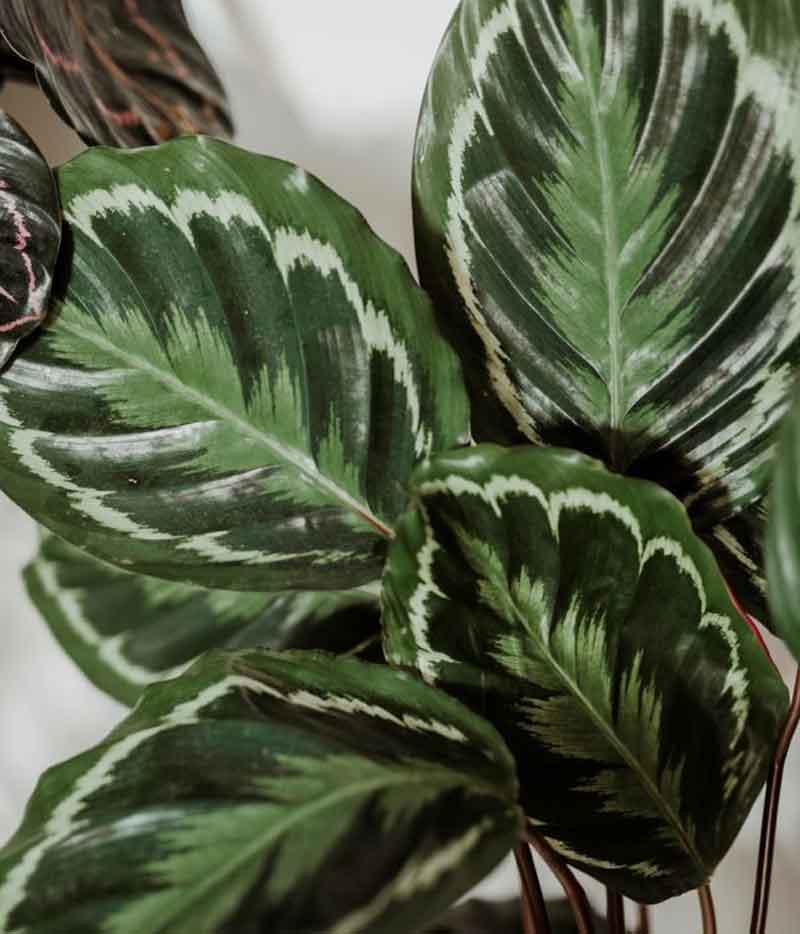
The Calathea plants are a great pick if you’re looking for color but don’t want the hassle of trying to get your indoor plant to flower. This group includes several cultivars that go by many names including zebra plant, rattlesnake plant and peacock plant. The leaves of the Calathea are bold and come in patterns of dark green and light greenish-white with deep purple or crimson undersides. Their short stature makes them a great table plant or display plant to add texture. Remember to keep this plant’s area humid and the soil moist.
8. Polka-Dot Plant (Hypoestes)
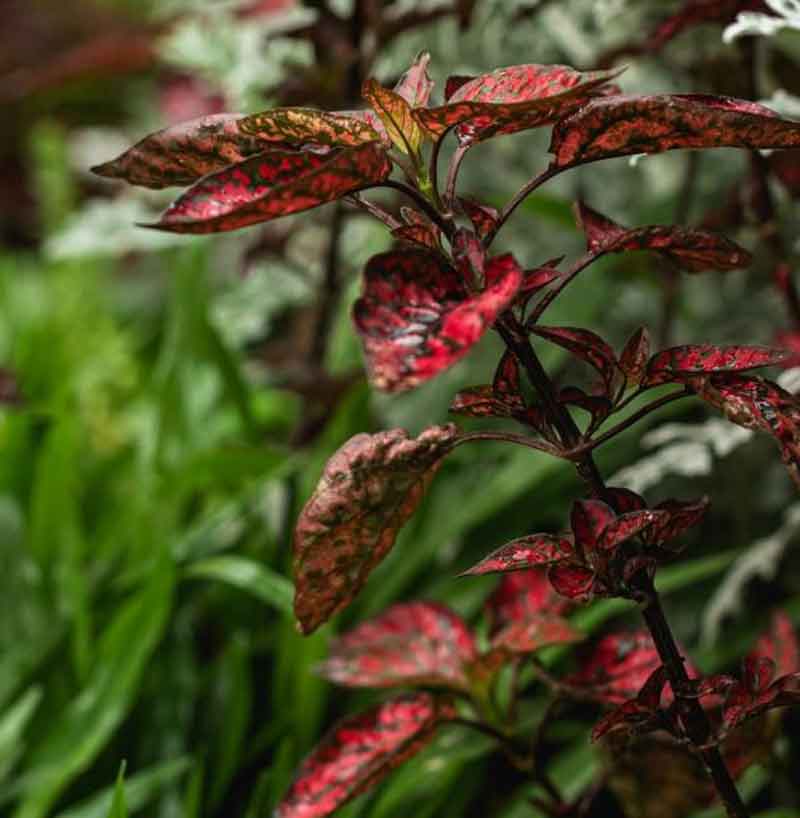
Another plant that makes a strong statement without needing flowers is the polka-dot plant, Hypoestes. These plants are fairly small and look great on tables or small shelves. Their leaves have a bright pink, red or white variegation throughout in a splashed pattern that almost resembles polka dots. These plants are an excellent pet-friendly alternative to the highly toxic poinsettia. Their bright and warm colors are great seasonally or throughout the year. To keep your polka-dot plant flourishing, provide as much indirect light as possible. Placing it near a window facing East, West or South is a good idea.
9. Purple Passion Vine (Gynura aurantiaca)
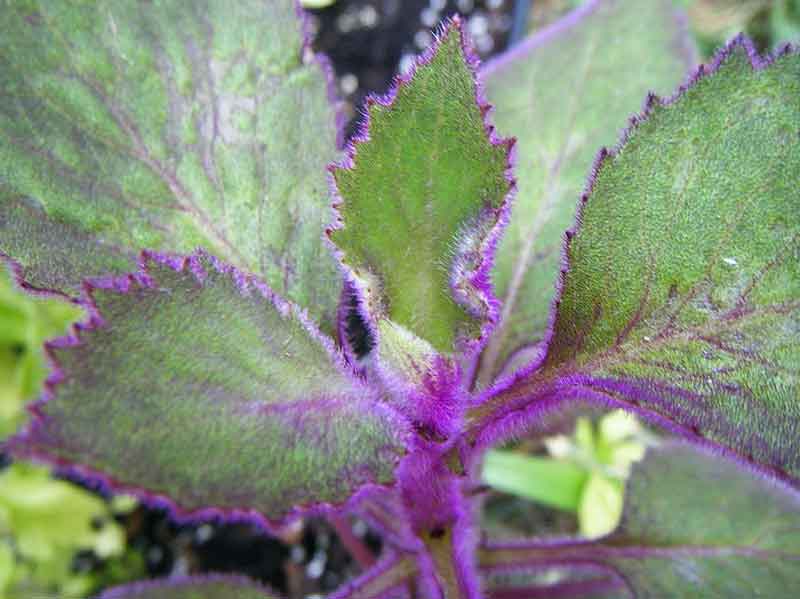
The purple passion vine stands apart from others because of its unique texture. Unlike other purple indoor plants, this plant’s color comes from tiny hairs along the leaf. This is quite noticeable when looking at it, as the leaf is green but has a wonderful purple iridescence. This plant can be quite fickle and are known to have a short lifespan, so it takes a bit of practice to care for them. Purple passion vine, Gynura aurantiaca, is not to be confused with the purple heart (Setcresea) or wandering jew (Tradescantia) which have similar color but are not safe for kids.
10. Scarlet Star Bromeliad (Guzmania)
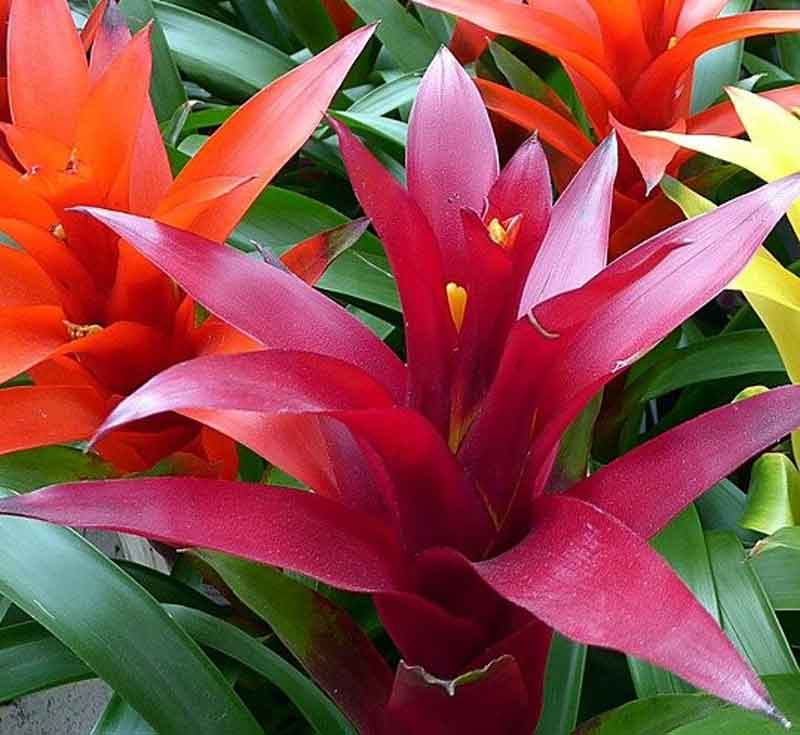
If you’re looking for color and flare, a bromeliad is a great choice. Bromeliads have a strong tropical feel with bright colors and bold leaves. They’re extremely common to find in garden stores and many other types of retailers. Bromeliads are almost always pet-safe no matter which type you get (as far as we are aware, there are no toxic bromeliads sold as indoor plants). There are many different kinds, but the Scarlet Star (Guzmania) is the most popular with its large colorful spike in the center of the plant.
11. Emerald Ripple Peperomia
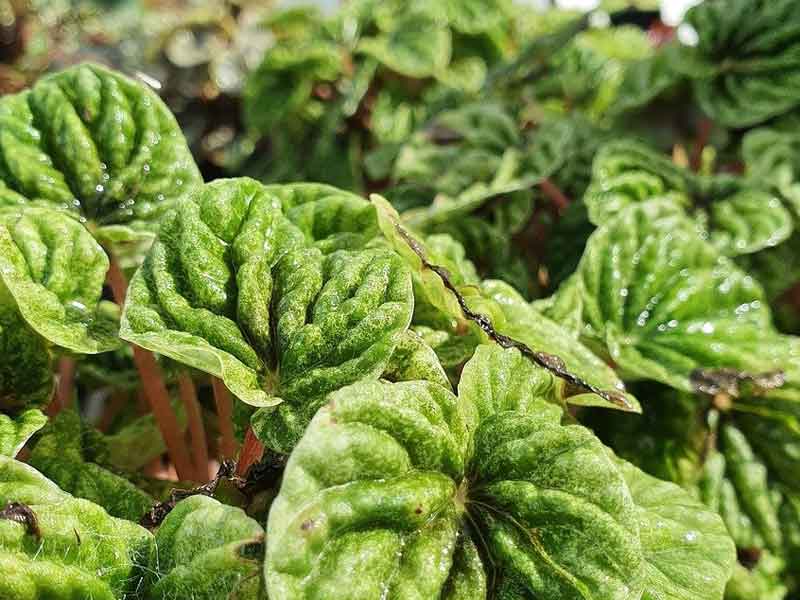
These little plants bring a bit of color and a lot of texture to a room. They’re small, fairly easy to care for and pet-safe. Placing one of these on a table can be a great way to add a bit of liveliness, and there are many pretty cultivars to choose from. Peperomia come in a wide variety and go by quite a few common names including Baby Rubber Plant, Emerald Ripple and Ripple Peperomia. A Baby Rubber Plant (safe) and a Rubber Tree (toxic) are two different types of plants. Confirm that you’re getting a Peperomia.
12. Swedish Ivy (Plectranthus verticillatus)
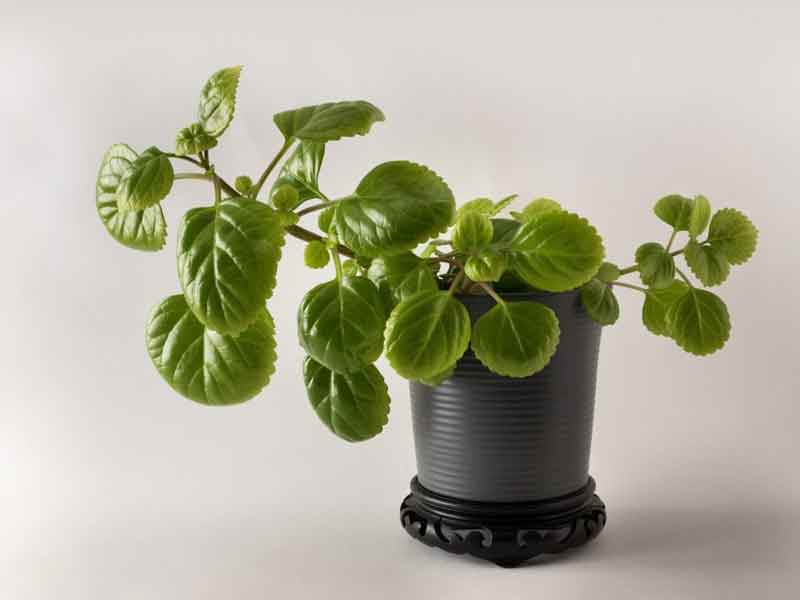
Are you looking for something that will be beautiful and trail, hang or even climb? Also called creeping Charlie (but not the annoying weed you may have in your yard), a Swedish Ivy makes a fantastic choice for baskets. Even if the basket gets knocked over, it won’t cause serious harm to pets or children. The leaf shape looks similar to the Peperomia, but this plant has a very different look; it is far more vine-like. Despite their name, they’re not a true ivy, but their long trails greatly resemble the habits of ivy.
We hope that one of these plants can find a place in your life. There are many good options out there when thinking about bringing a new leafy member into your family.
Most of the plants we’ve covered here today do well in medium light conditions (some may tolerate low light) and do well being kept dry or a little moist between watering. All of them are safe for kids or pets, meaning that you can grow an indoor greenspace without worry about anyone accidently taking a bite.
Have a question about a plant you’d like to buy, but need to know it’s safe for animals? Check out the ASPCA’s website for an up-to-date list.
*Disclaimer: The plants we’ve covered are safe for humans, cats and dogs. If you’ve got other animals like reptiles, insects or birds, you may want to do some more specialized research to make sure that these selections are safe for them.





